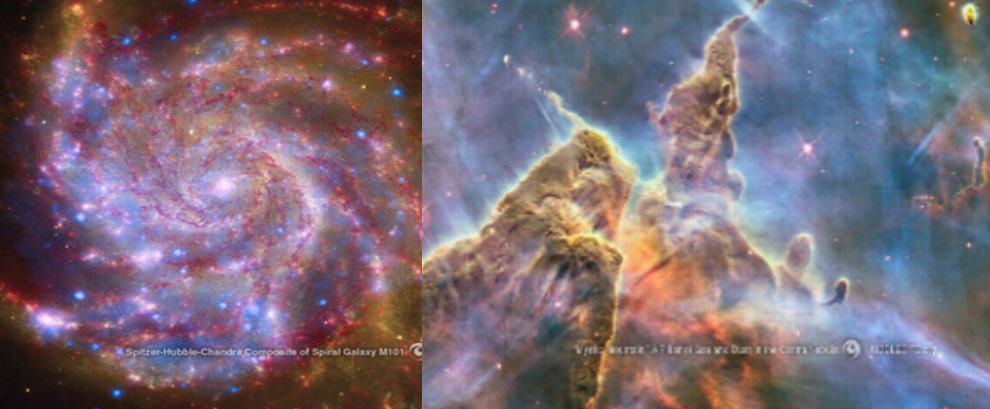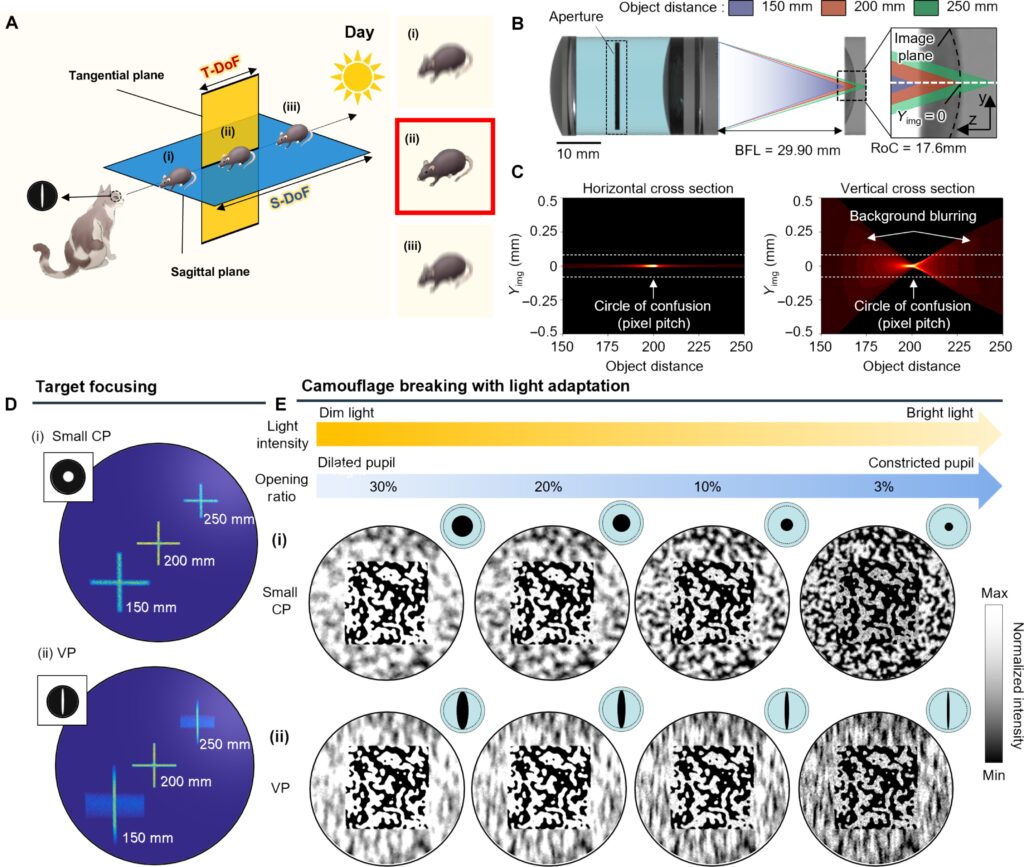
Researchers have revealed an adaptive response with a ferroelectric device, which responds to light pulses in a way that resembles the plasticity of neural networks. This behavior could find application in energy-efficient microelectronics.
“Today’s supercomputers and data centers demand many megawatts of power,” said Haidan Wen, a physicist at the U.S. Department of Energy (DOE) Argonne National Laboratory. “One challenge is to find materials for more energy-efficient microelectronics...
Read More














Recent Comments